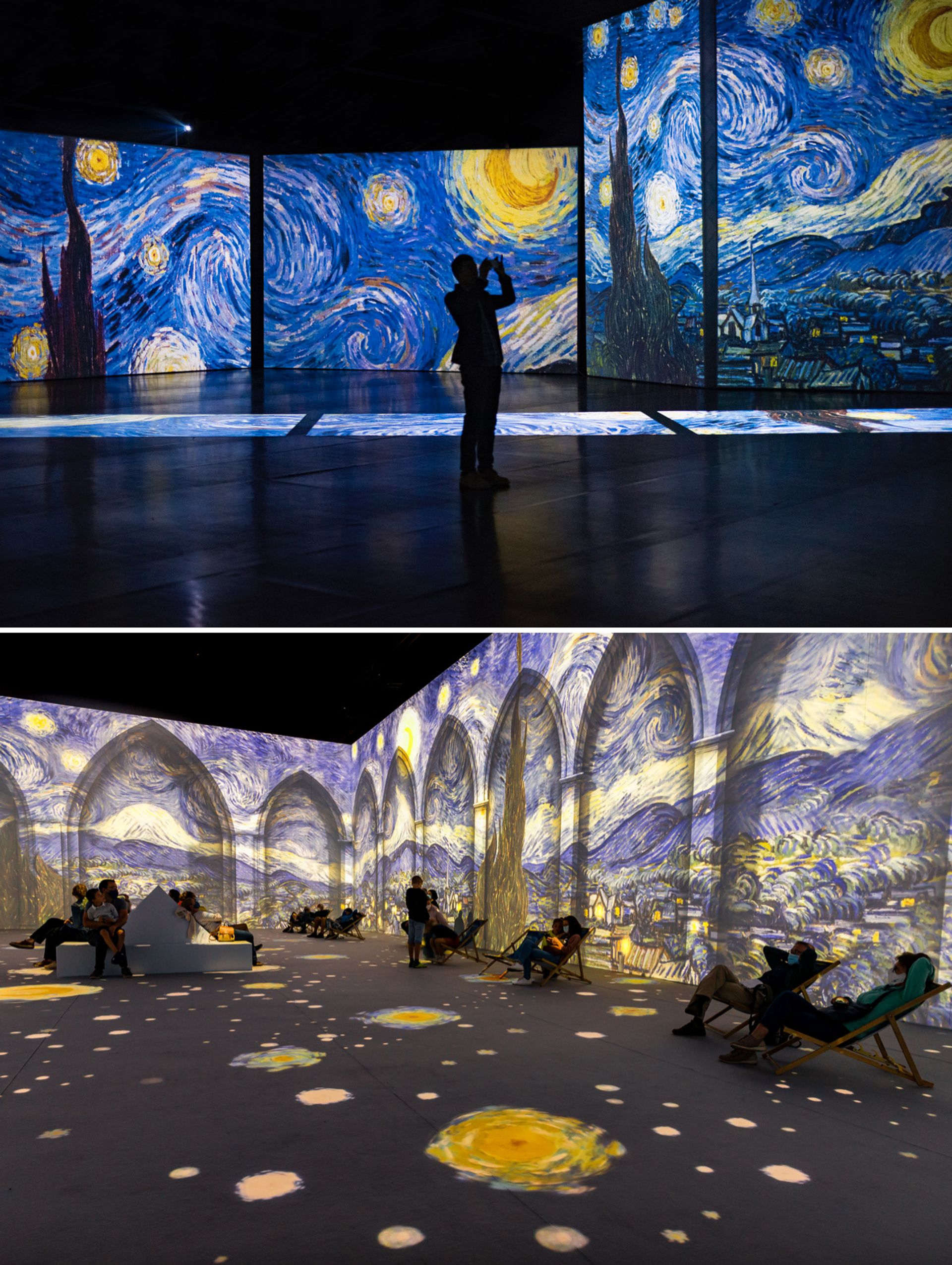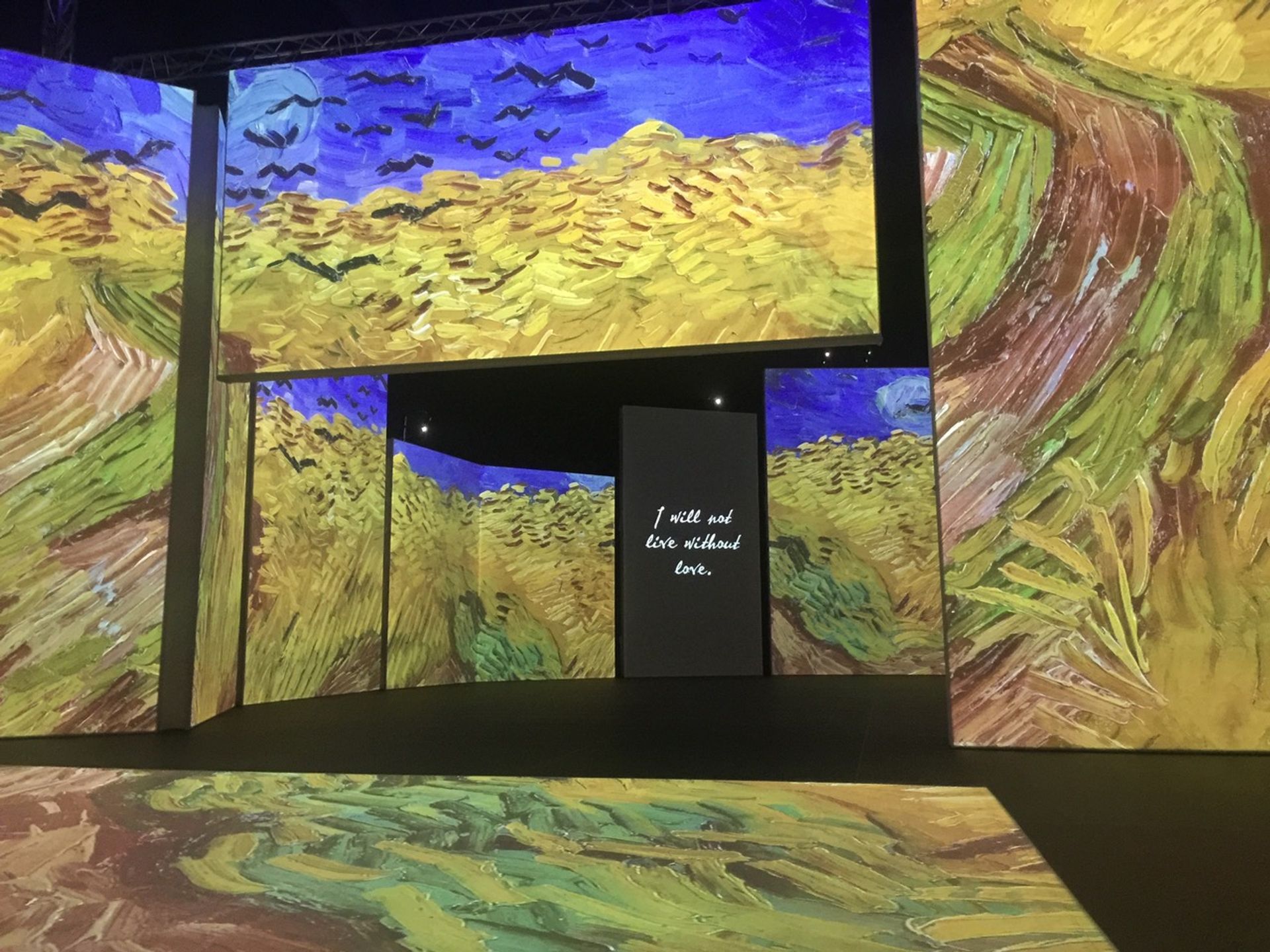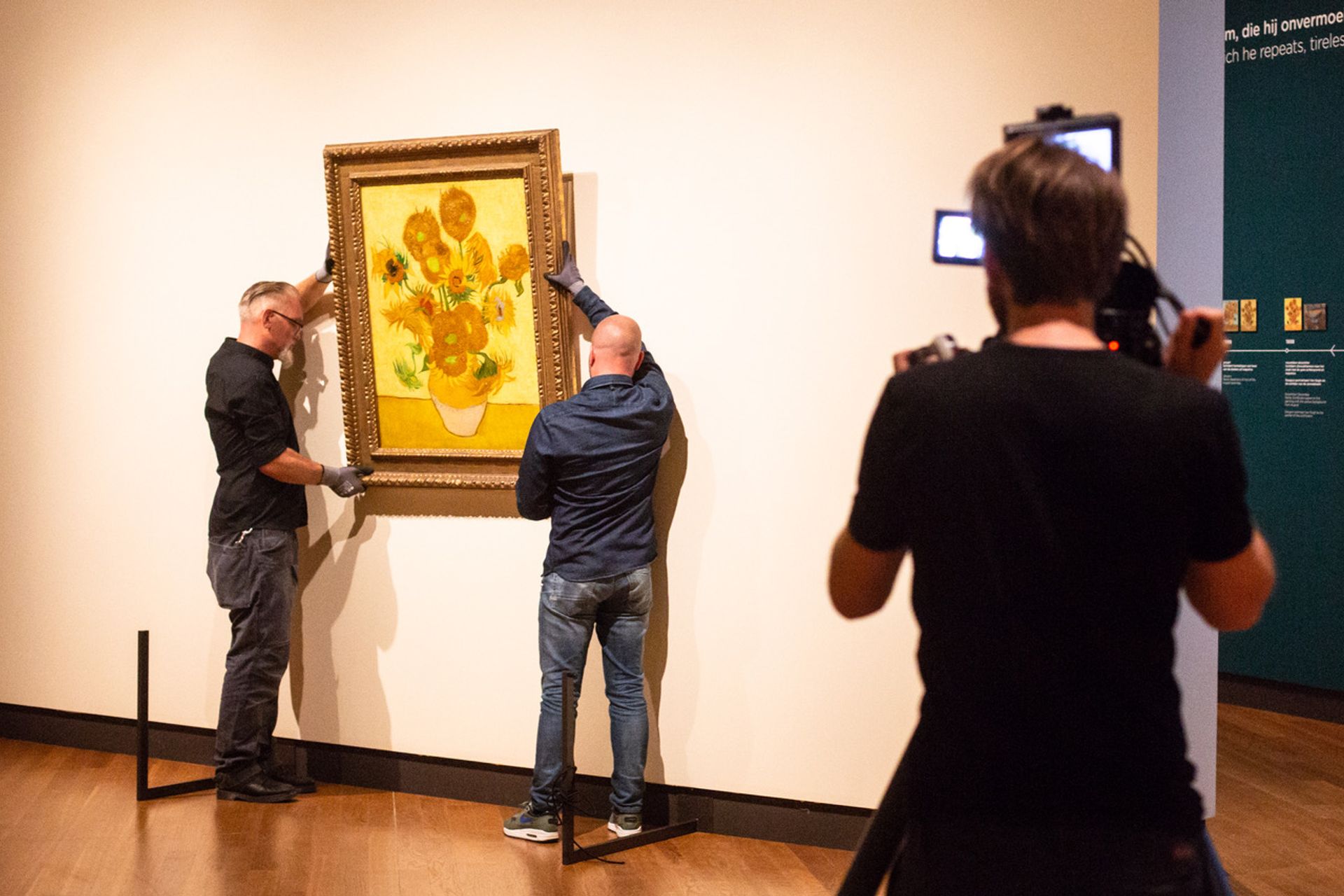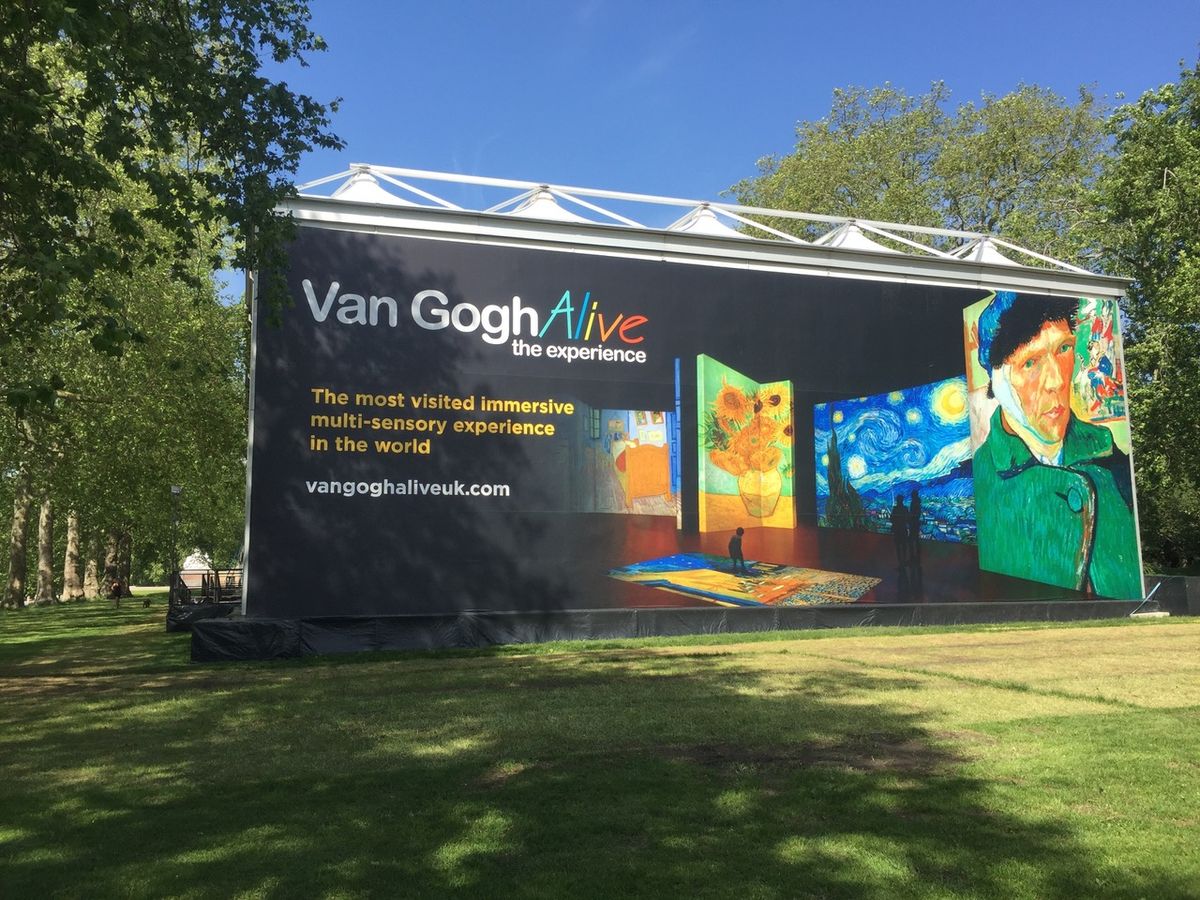Immersive experiences featuring Van Gogh’s greatest hits have sprung up in cities around the world, sparking intense competition. Van Gogh Alive: the Experience, which opens in London today, promotes itself as “the most visited immersive multi-sensory experience in the world”. Close on its heels will be Van Gogh: the Immersive Experience, now scheduled to come to London in July.
Across the world at least four other competing attractions are touring numerous other cities: Imagine Van Gogh: the Immersive Exhibition; Immersive Van Gogh Exhibit; Beyond Van Gogh: the Immersive Experience; and the Van Gogh Museum’s “official” one, Meet Vincent van Gogh. Confusing? Yes certainly, but be advised that the different presentations are of varying qualities.
Whatever the name, the one thing you won’t see is original artworks. The publicity for London’s Van Gogh Alive points out that ideas of “tiptoeing through silent galleries and viewing paintings from afar in quiet contemplation are forgotten… you will be surrounded by a vibrant symphony of light, colour, sound as fragrance”.

Van Gogh’s Starry Night (June 1889) in two presentations: Van Gogh: the Immersive Experience (above) and Van Gogh Alive: the Experience (below) Courtesy of Van Gogh Alive: the Experience and Van Gogh: the Immersive Experience
Van Gogh Alive is opening in a huge marquee in Kensington Gardens (adjacent to Hyde Park), opposite the Royal Albert Hall (until 26 September). Having had a sneak preview, I was pleasantly surprised with the excellent production. For 45 minutes visitors are engulfed by 38 huge screens, where changing details of the artist’s paintings appear with a soundtrack of classical music. What really brings the experience to life is the accompaniment of relevant quotes from Vincent’s letters, shown on a screen.

Van Gogh Alive: the Experience, London Photo: Martin Bailey
The sensitive presentation does not dwell on the more sensationalist aspects of Vincent’s life, with only subtle allusions to the ear incident and the suicide. Instead the emphasis is very much on his art, projected in amazing detail, enabling one to really see his vigorous brushwork. But of course the “show” is no substitute for viewing the actual paintings, the way the artist intended—the “immersive experience” should be regarded as something different.
Van Gogh Alive was first presented in Singapore in 2011. Since then it has been seen by over 7 million people in 70 cities. It is currently also in St Petersburg (Florida), Mexico City and Auckland. The presentation will shortly open in Denver, Kansas City, Munich, Beijing and Adelaide. In the UK it is now in Birmingham and will tour to other venues.
Behind the venture is the Melbourne-based company Grande Experiences. In London the organisers hope to attract 250,000 visitors, which would equate to a very successful blockbuster exhibition at a major London museum. Ticket prices are sightly higher than at a museum, starting at £24 for standard adult weekday admission.
But what about the impact of Covid-19? England is still subject to social distancing, but hopefully on the government’s 21 June target date this will be lifted (although this is far from certain). Unlike a museum, where visitors need to get close to paintings, the huge Kensington Gardens marquee provides plenty of space.
The other presentation coming to London is Van Gogh: the Immersive Experience, organised by the Brussels-based company Exhibition Hub. Their production began in 2017 and has so far been seen by 900,000 visitors in 8 cities (it is currently in York, Berlin, Las Vegas and Atlanta).
In London it will be shown in the 19th-century stable yard of the Old Truman Brewery in Spitalfields, in the East End (from July). With a smaller venue than the Kensington Gardens marquee, adult tickets will start at £19.90. Along with London, venues are due to open in a string of US cities.
The Van Gogh Museum has also joined the throng. In 2019 Meet Vincent van Gogh began in Barcelona (attracting 160,000 visitors) and Seoul (75,000 visitors). Although it opened in London in February 2020, in a marque on London’s South Bank, it was forced to shut the following month with the Covid lockdown. It is now being presented in Lisbon (until 25 July), although no further venues are currently planned.
And what would Vincent have thought about these “experiences”? As someone who failed to sell his paintings, the idea would of course have been totally unbelievable. But in any case Van Gogh was hardly a technical innovator, unlike his one-time collaborator Gauguin (who bought rough sacking material for paintings and introduced “ready-mades” into his sculptures).
Vincent was a traditionalist when it came to materials. His achievement was to use ordinary paint and canvas to create the most extraordinary pictures. Hopefully the “experiences” will encourage visitors to flock back to see the originals.
Other Van Gogh news
• The 85-minute cinema film Sunflowers: the Mystery of Van Gogh’s Greatest Masterworks will be released in the UK next week and then internationally. Produced by Exhibition On Screen, it is directed by David Bickerstaff. The commentators include curators of the five museums which hold the different versions of the Arles Sunflowers (and myself).

Sunflowers being filmed at the Van Gogh Museum, Amsterdam Photo: David Bickerstaff, Exhibition on Screen




